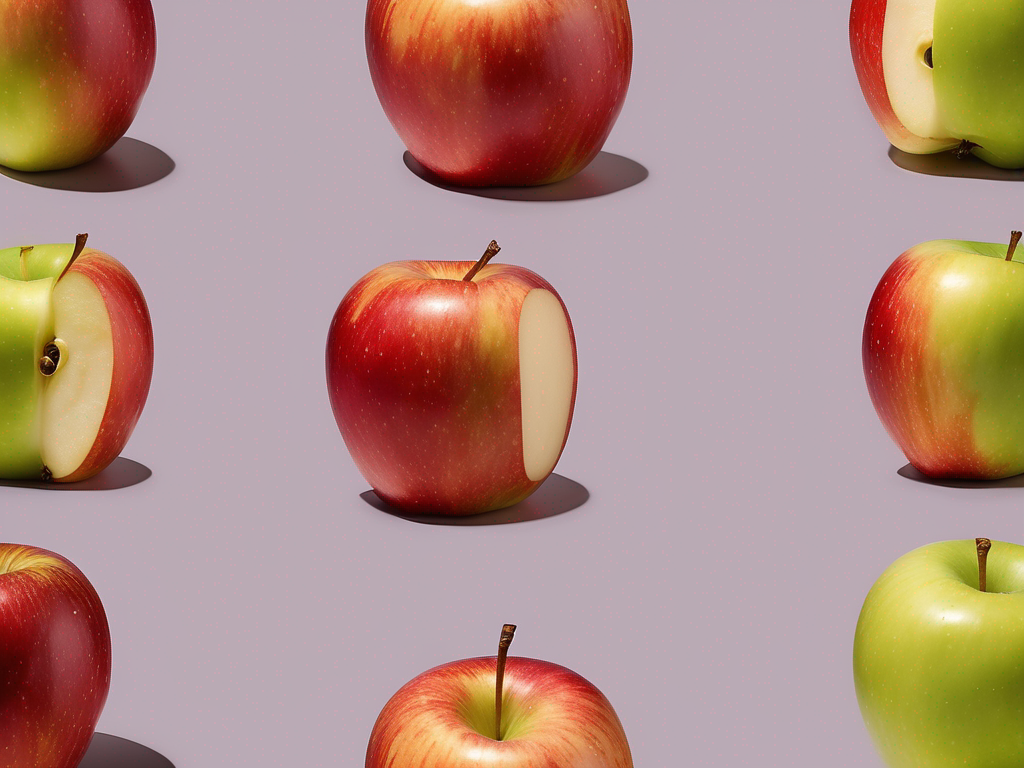
Is It Safe to Eat Bruised Apples?
Is It Safe to Eat Bruised Apples?
Are you wondering whether it's safe to consume that slightly bruised apple you found in your fruit basket? As a food safety expert, I'm here to provide you with the information you need to make an informed decision. In this blog post, we'll explore the safety of eating bruised apples, how to identify when they're no longer safe to eat, and practical tips for storing and handling apples to minimize bruising. (Apple)
Food Storage Essentials
Products that help you store and preserve your food better
Disclosure: As an Amazon Associate, we earn from qualifying purchases. This helps support our site and allows us to continue providing free food safety information.
Understanding Bruised Apples
What Causes Bruising?
- Apples can get bruised due to rough handling, impact during transportation, or being stored improperly.
- Bruises are areas of damaged tissue on the apple's skin that appear as dark spots or patches.
Are Bruised Apples Safe to Eat?
- In most cases, eating a slightly bruised apple is safe, as long as you cut away the bruised area.
- However, if the bruise appears to be extensive or the apple has become mushy, it's best to avoid consuming it.
Safety Tips for Consuming Bruised Apples
Proper Inspection
- Inspect the apple for bruises before consuming it.
- If the bruise is small and superficial, you can cut it out and enjoy the rest of the fruit.
- Discard apples with extensive bruising or signs of spoilage.
Cutting and Cleaning
- Wash the apple thoroughly before cutting into it to remove any dirt or bacteria on the surface.
- Use a clean knife to cut away the bruised portion, ensuring that the knife doesn't come into contact with the bruised area.
Storage Practices
- Store apples in a cool, dry place away from direct sunlight to prevent premature ripening and bruising.
- Avoid stacking heavy objects on top of apples to prevent unnecessary pressure and bruising.
Preventing Bruising in Apples
Recommended Food Storage Products
Keep your food fresh and organized with these storage solutions
Disclosure: As an Amazon Associate, we earn from qualifying purchases. This helps support our site and allows us to continue providing free food safety information.
Proper Handling
- Handle apples with care to avoid dropping or crushing them.
- When transporting apples, use a sturdy container to prevent them from shifting and getting bruised.
Choosing the Right Apples
- Select apples that are firm and free from bruises or blemishes when shopping.
- Consider purchasing apples that are individually wrapped or packed to minimize bruising during transportation.
Conclusion
In conclusion, while it is generally safe to eat bruised apples after removing the affected area, it's essential to exercise caution and inspect the fruit thoroughly. By following proper handling, storage, and inspection practices, you can enjoy your apples while minimizing the risk of consuming contaminated or spoiled fruit. Remember, when in doubt, it's always better to err on the side of caution and discard any apples that show signs of extensive bruising or deterioration. Enjoy your apples responsibly and stay safe! (Apple)
Food Storage Essentials We Love
Products that help you store and preserve your food better
Disclosure: As an Amazon Associate, we earn from qualifying purchases. This helps support our site and allows us to continue providing free food safety information.
Scan your food directly and get instant safety info using our AI-powered camera feature.




